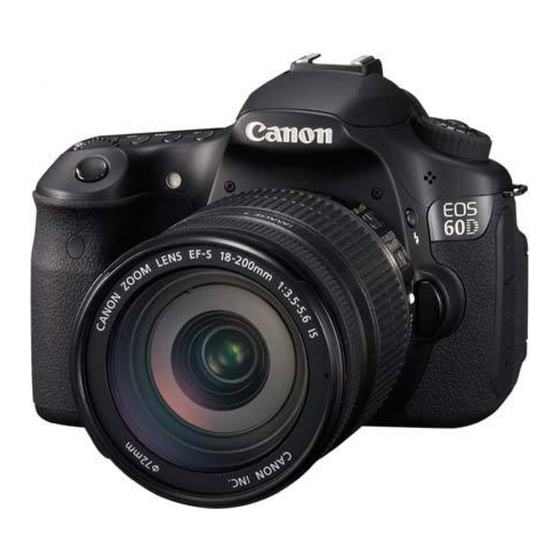Canon EOS 60D Брошура - Сторінка 4
Переглянути онлайн або завантажити pdf Брошура для Програмне забезпечення Canon EOS 60D. Canon EOS 60D 16 сторінок. Digital slr photography
Також для Canon EOS 60D: Інструкція з експлуатації (19 сторінок), Кишеньковий посібник (2 сторінок), Посібник із швидкого старту (5 сторінок), Брошура (39 сторінок), Посібник з експлуатації (21 сторінок), Технічні характеристики (4 сторінок), Технічні характеристики (2 сторінок), Посібник (26 сторінок), Посібник з усунення несправностей (2 сторінок)

